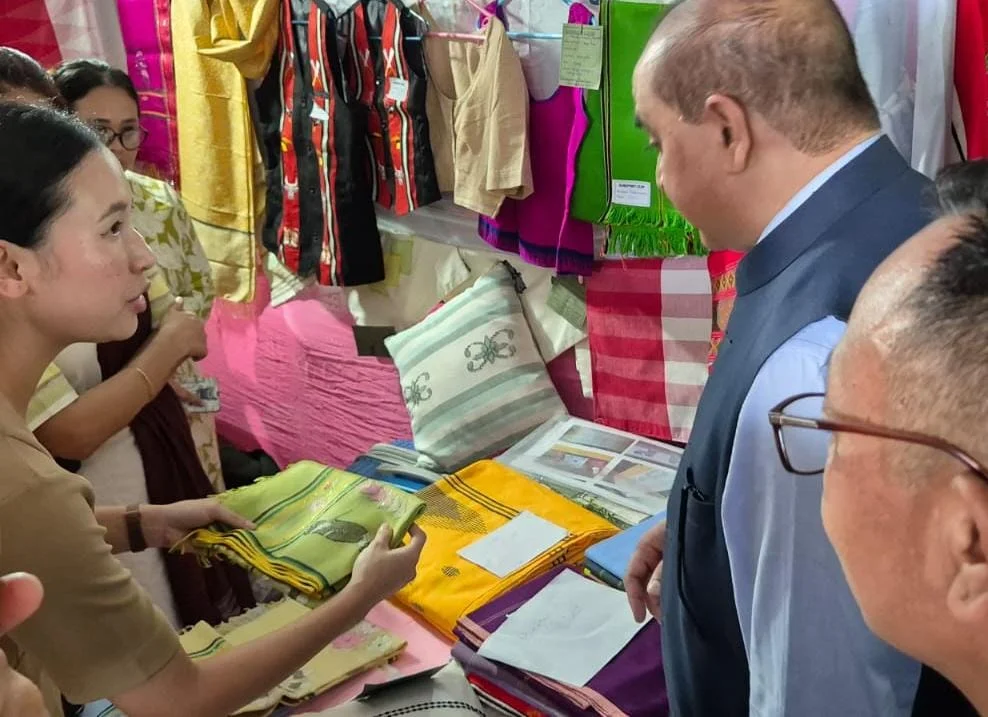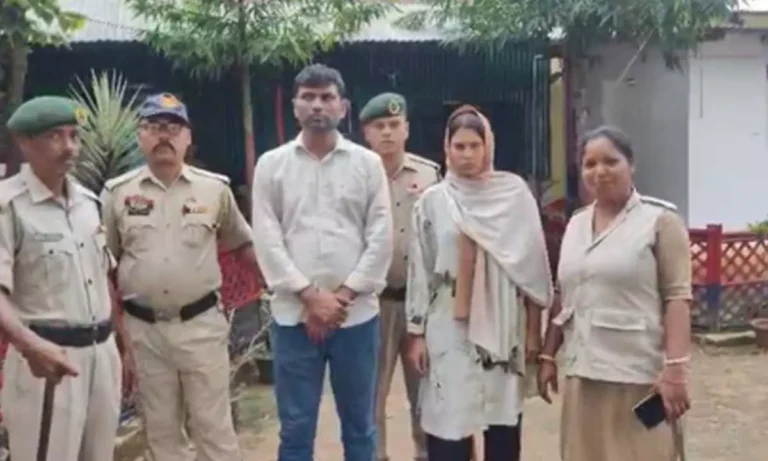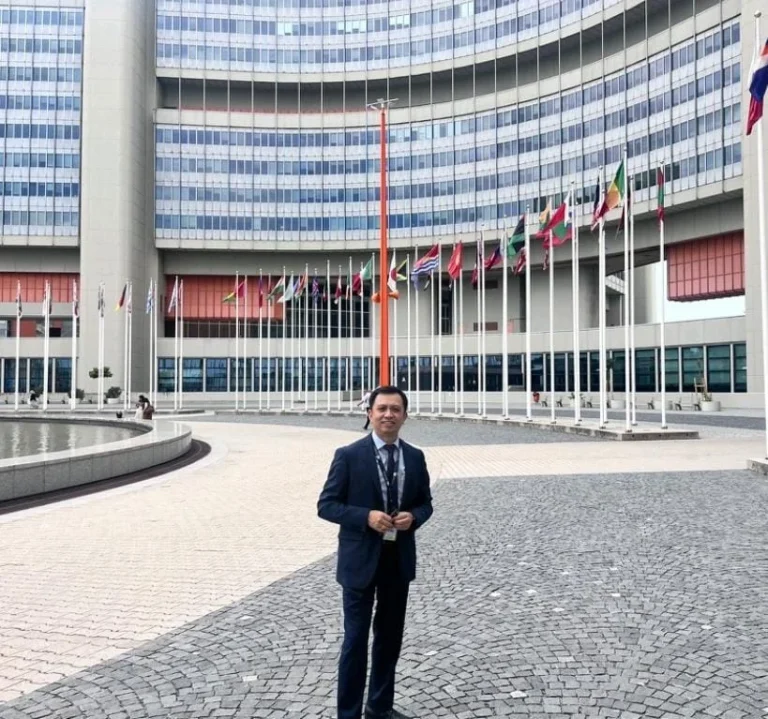Discover how Manipur’s new SAMARTH Scheme empowers 500+ artisans through training, design innovation, and market access under PM’s skill missions.
Summary of the News Article
The Directorate of Handloom & Textiles in Manipur, under the Department of Textiles, Commerce & Industry, launched the SAMARTH Scheme on June 26, 2025, at Lamboikhongangkhong, Imphal. Attended by Additional Chief Secretary Anurag Bajpai and Director E. Jiten Singh, the event marked the start of capacity-building programs targeting weavers and artisans. The initiative covers four key trades—Apparel, Handloom Weaving, Hand Dyeing, and Kouna Craft—through training centers in Porompat and Lamboikhongangkhong, beginning with a 300-hour sewing program for 25 participants. The launch also included an exhibition showcasing products from 35 cluster development programs and emphasized setting up producer groups, leveraging schemes like UNNATI and RAMP, and planning a Textile Park in Imphal
Empowering Manipur: How the SAMARTH Scheme is Weaving a Bright Future for Weavers and Artisans
Introduction
Hey there! Imagine crafting beautiful fabrics or intricate crafts with your own two hands—and turning that talent into a thriving livelihood. That’s exactly what the new SAMARTH Scheme in Manipur aims to do. It’s more than just training; it’s about unlocking potential, boosting incomes, and weaving tradition into tomorrow’s markets. Over the next 2,000+ words, we’ll explore how this initiative is creating ripples of change across communities in the state—and how it ties into national schemes shaping India’s textile landscape.
1. What Is SAMARTH All About?
SAMARTH stands for Scheme for Capacity Building in Textile Sector, launched by India’s Ministry of Textiles under its skill development mission It’s a flagship program that equips artisans and textile workers—especially in traditional sectors like handloom, handicraft, and sericulture—with modern skills, design expertise, and entrepreneurial know-how.
In Manipur, the state has kicked off SAMARTH with key features:
- Four trade-focused training paths: Apparel, Handloom Weaving, Hand Dyeing, and Kouna Craft.
- Centers at Design Extension Centre, Porompat, and Apparel & Garment Making Centre, Lamboikhongangkhong.
- The first batch: 25 learners on a 300-hour, 50-day sewing module
- Support through cluster programs, design innovation, and upcoming textile park development.
In essence? It’s a holistic uplift—from your loom to the global room!
2. Why Does This Matter for Manipur’s People?
2.1 Strengthening Economic Roots
Manipur’s handloom and craft sectors employ nearly 20% of the population—most of them women—yet many struggle to access markets or sustain incomes SAMARTH provides skill upgrades and product development support to close that gap.
2.2 Bridging the Rural-Urban Divide
The scheme isn’t limited to Imphal—cluster development is spreading across all districts. Once scattered artisans gain modern workflows and better reach, rural livelihoods get a serious boost.
2.3 Preserving Cultural Heritage
Handloom fabrics and kouna crafts carry centuries of cultural resonance. SAMARTH interweaves innovation with tradition—helping artisans preserve identity while appealing to modern tastes.
3. Step-by-Step: How the Scheme Rolls Out
3.1 Selection & Onboarding
Applications were invited for the four key trades. A selection committee conducted interviews and chose trainers and trainees.
3.2 Training Process
Participants undergo 300 hours of supervised training, covering both technical skills (like sewing) and design thinking, market prep, and natural dye usage.
3.3 Design & Innovation
Thirty-nine Cluster Development Executives (CDEs) and textile designers are working on generating fresh monthly designs that blend tradition with new-market flair
3.4 Showcasing & Selling
At the launch, an exhibition displayed outputs from 35 district-wide clusters—highlighting product diversity and the potential for further scale-up
4. Smart Synergy: UNNATI, RAMP & Textile Park Plans
4.1 UNNATI Scheme Integration
Weavers and artisans are encouraged to form producer groups to avail benefits under the UNNATI enterprise development plan.
4.2 RAMP Scheme Subsidy
Transportation is a major barrier. Subsidies under the Raising and Accelerating MSME Performance (RAMP) scheme aim to reduce logistics costs and enhance competitiveness.
4.3 Textile Park Vision
A Textile Park in Imphal is in the pipeline—promising organised production, shared infrastructure, and economies of scale for 500,000+ artisans and weavers
5. Beyond Sewing: Why This Is a Game-Changer
5.1 Technology Meets Tradition
We’re talking natural dyes, modern dyeing methods, improved looms—just enough tech to streamline tradition without erasing its charm.
5.2 Skill Economy & Self-Reliance
SAMARTH equips participants not just to work, but to start small ventures—earning dignified incomes, rather than relying on charity or patchwork jobs.
5.3 Boosting Women & Marginalised Groups
With 20% reserved seats for women, and emphasis on SC/ST and aspirational districts, the scheme empowers those often left out of economic programs
6. Challenges & What SAMARTH Must Tackle
6.1 Scaling Training to All Districts
Covering remote corners with limited infrastructure isn’t easy—but cluster executives are aiming to spread training statewide.
6.2 Sustainable Market Access
Once trained, participants need consistent marketing channels—for exports, exhibitions, e-commerce, and government procurement.
6.3 Finance & Toolkit Support
Beyond skills, artisans require start-up kits and credit. Aligning SAMARTH with schemes like PM Vishwakarma could help .
6.4 Monitoring Impact
Ensuring that each program cycle leads to real earnings, not just certificates, is crucial. MIS systems and periodic impact surveys will help.
7. Comparing SAMARTH with Other Schemes
| Scheme | Key Focus |
|---|---|
| SAMARTH | Skill-building, design, placements |
| PM Vishwakarma | Toolkits + stipend |
| PM MITRA/PWR Park | Mega-manufacturing hubs |
| PowerTex/Jute ICARE | Specific sector upgrades (powerloom, jute) |
SAMARTH sits across the skills-to-market bridge, prepping grassroots artisans to benefit from infrastructure and credit schemes.
8. Real Voices from the Ground
Here’s what people on the ground are saying:
“The monthly design initiative by CDEs has inspired me to modernize traditional motifs.”
“Training in natural dyes taught me eco-friendly methods I can market internationally.”
These quotes reflect how SAMARTH isn’t just technical—it’s a mindset shift.
9. The Bigger Picture: Why It Matters for India
9.1 Cultural Diplomacy & Soft Power
Manipur’s handicrafts aren’t just goods—they’re stories woven in silk and jute. SAMARTH helps them travel as cultural ambassadors.
9.2 Skill India’s Core Goal
SAMARTH is a textbook example of Pradhan Mantri’s Skill India mission—turning everyday citizens into skilled professionals across three million+ target beneficiaries
9.3 Rural Livelihood & Inclusive Growth
When rural artisans earn well, migration slows, gender equity improves, and local economies stabilize.
. Wrapping It All Up
SAMARTH isn’t just about stitch and thread. It’s a movement—training, support, market exposure—all woven together. From the first sewing session to launching a product line, artisans are stepping into new confidence. And as textile parks and affiliations grow, this could define the future of Manipur’s art and livelihood.
FAQs
- What is the duration of the initial training?
A 300‑hour sewing module over 50 working days, aimed at imparting practical skills - Who’s eligible for SAMARTH trainings?
Any weaver or artisan in Manipur can apply; preference goes to women, SC/ST, BPL, and aspirational district candidates . - How does SAMARTH connect to other government schemes?
It links with UNNATI for enterprise formation, RAMP for logistic support, and envisions a future Textile Park in Imphal - What kind of products are included?
Four trades: Apparel garments, Handloom textiles, Hand Dyeing, and Kouna (reed) crafts. - What’s next after training?
Graduates can form producer groups, receive subsidies, access e-commerce partnerships, and join exhibitions to launch their products.





